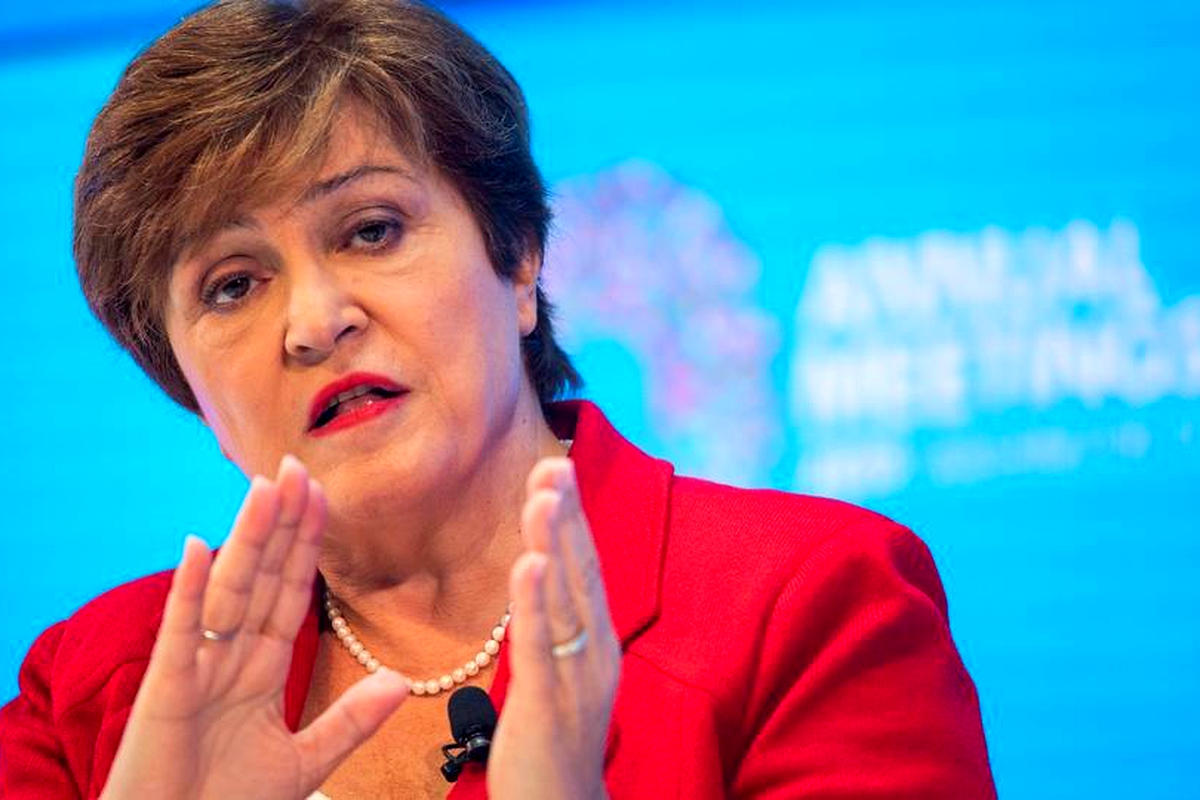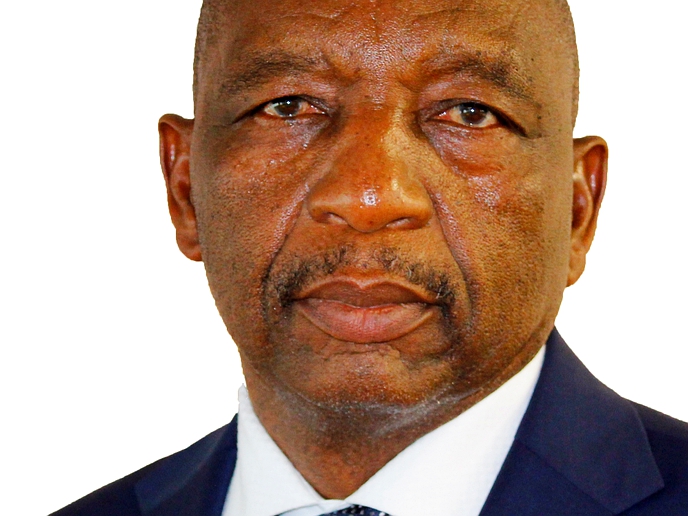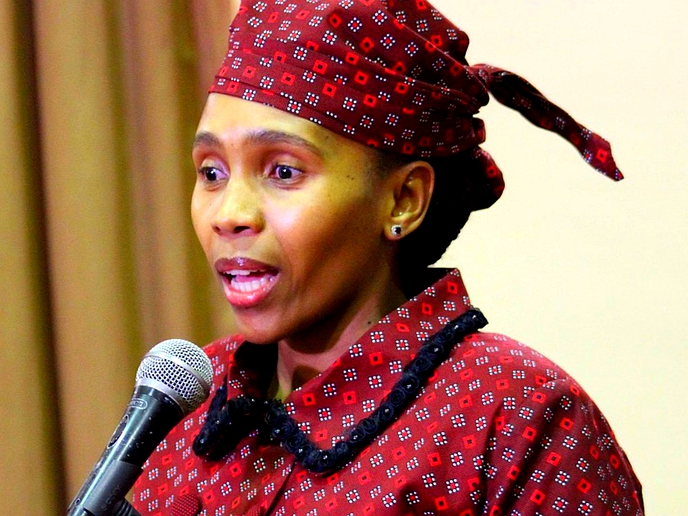DISPROPORTIONATELY high HIV prevalence continues to threaten the female labour force participation and it may also complicate the COVID-19 response, says the International Monetary Fund (IMF) in its latest report.
health
June 24, 2022
LINEO MABEKEBEKE
2 min read
HIV hits labour force

IMF boss, Kristalina Georgieva
Story highlights
The IMF said the HIV prevalence rate among women remained notably higher than that among men, adding that it has been increasing in recent years partly due to GBV, particularly child marriage.
It said civil law and customary law coexisted under the dual legal system, and provided a legal loophole for child marriage.
“The negative impacts of child marriage cascade to lower education and poor health outcomes for girls, with significant setbacks to economic growth,” said the IMF boss, Kristalina Georgieva in a statement.
“Eliminating child marriage would increase long-term annual per capita real GDP growth in emerging and developing countries by 1.05 percentage.”
Since 2000, a key legislation to protecting females from GBV, the Domestic Violence Bill, has been under consideration by parliament and it is yet to be enacted into law, further hampering women’s ability to take precautions against HIV infection.
The bill is currently under consideration by the National Assembly.
The IMF said the estimated economic cost of violence against women and girls in Lesotho was as high as 5.5 percent of GDP in 2017 (Commonwealth Secretariat 2020).
It said the pandemic had likely only made matters worse, as civil society organisations and the Child and Gender Protection Unit suggested that the incidence of domestic violence had escalated since the COVID-19 outbreak.
Enjoy our daily newsletter from today
Access exclusive newsletters, along with previews of new media releases.
Lesotho has a slightly larger female population than male, and it has reduced the gender disparity in sex ratio at birth and healthy life expectancy, so that the global gender gap in these two dimensions has been closed.
At 544 deaths per 100 000 live births, relative to 391 for the East and Southern Africa region, the maternal mortality rate remains high compared to regional peers. While the adolescent birth rate is 94 per 1000 girls, the fertility rate is 3.1 children per woman, only 60.9 percent of women make their own informed reproductive health decisions, and women’s healthy life expectancy at birth is 48 years, compared to 45 for men.
Additionally, health statistics show that in 2018, two of the top three causes of female adult admissions to hospitals were incomplete and threatened abortions, totaling 42.6 percent of female inpatients.
“These alarming health outcomes can have a significant impact on the quality of the labour force and on female labour force participation,” the IMF further showed.






